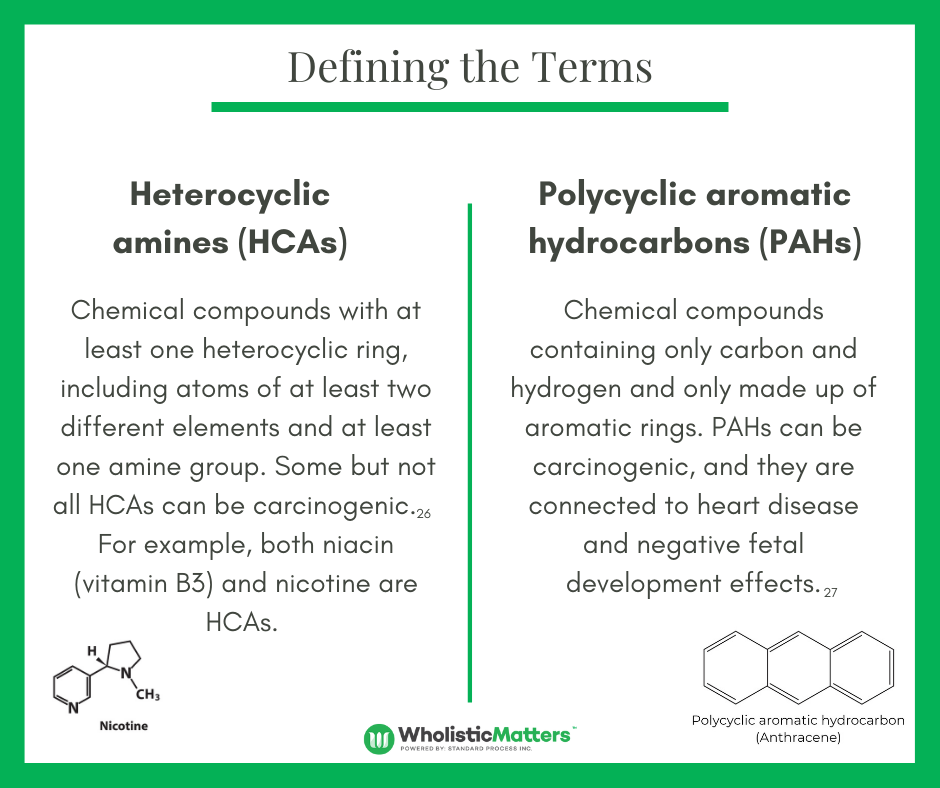Chlorella vulgaris is a type of green microalgae with a rich history of nutritional benefit for humans, primarily as a diverse source of macronutrients, micronutrients, and beneficial pigments, such as chlorophyll.
What are Microalgae?
The term “microalgae” refers to a group of singled-celled, microscopic algae capable of photosynthesis and found in both fresh and marine water.1,2 They have been found in all types of environmental conditions all over the world and may have originated as long as 3.4 billion years ago.2 Microalgae have been analyzed as a source of:
- Protein
- Fatty acids
- Carbohydrates
- Pigments
- Vitamins and minerals2,3
The recorded use of microalgae for food dates to the sixteenth century Aztecs.2,4 Microalgae are also common ingredients in products like dyes, pharmaceuticals, animal feed, aquaculture, and cosmetics.2 Though it is likely that more than 20,000 species of microalgae exist, only around fifty have been studied so far.4
Microalgae only need carbon dioxide, water, sunlight, and a handful of minerals for growth. The exact composition of microalgal species can be adjusted and depends on how they were cultivated.5 They are a promising source of sustainable energy because of their ability to collect large quantities of lipids fitting for biodiesel production.6,7
What is Chlorella vulgaris?
C. vulgaris is a species of microalgae first discovered in 1890, produced in many countries worldwide as one of little microalgae species available as food supplements or additives.2,8 This ancient microalgae is a rich source of nutrition, with many individual nutrient concentrations depending on growth conditions: 3, 9-16
- Protein (42 to 58 percent of biomass dry weight)
- Lipids, including polyunsaturated fatty acids (5 to 40 percent)
- Carbohydrate, primarily starch (12 to 55 percent)
- Potassium
- Magnesium,
- Zinc
- Vitamins A, E, and C
- B vitamins
Potential Health Benefits of Chlorella
Pigments
C. vulgaris contains a significant amount of chlorophyll, as much as one to two percent of its dry weight.2 Additional pigments found in C. vulgaris include carotenoids like beta-carotene – provitamin A pigments associated with their yellow-orange color. In C. vulgaris, the green-pigmented chlorophyll masks any yellow-orange pigment that might be present. Chlorophyll and carotenoids in C. vulgaris have been studied for their therapeutic properties, including:17-19
- Antioxidant activity
- Retinal health
- Blood cholesterol regulation
- Immune support
Adsorbent activity and detoxification support
C. vulgaris has been frequently studied for its ability to support detoxification. A 2015 study illustrated the potential of C. vulgaris to detoxify the body of carcinogenic chemicals – heterocyclic amines (HCAs) and polycyclic aromatic hydrocarbons (PAHs).20 Another study suggested that C. vulgaris-directed PAH detoxification occurred through epigenetic modulations, such as DNA methylation, that may reduce hypermethylation of genes involved in metabolizing PAHs.21 One of the mechanisms behind the detoxifying potential of C. vulgaris is adsorbent activity. “Adsorbents” bind certain substances to their surface or within their pores, as opposed to “absorbents,” which allow substances to permeate their structure uniformly. C. vulgaris adsorption has shown its ability to help eliminate heavy metal ions from industrial wastewater, synthetic dyes from water, and lead through binding.22-25

C. vulgaris and microalgae in general are tiny but powerful sources of nutrition, including macronutrients, micronutrients, and phytonutrients – a triple threat. They are easy to grow and provide a variety of health benefits for humans, including antioxidant and adsorbent activity.
More on epigenetics:


















